The $74,000 Audi E-tron Debuts in San Francisco

Audi has finally taken the now familiar camouflage off the e-tron and is finally ready to show it off.
Previously slated for a reveal in Brussels on August 30, the e-tron reveal was delayed following the arrest of Audi’s CEO, Rupert Staedler. Now, though, the automaker is ready to talk candidly about the all electric SUV and its many features.
Unfortunately, candid is a relative term here and Audi USA will only reveal that the e-tron will arrive at dealerships in the second quarter of 2019. That said, they have revealed that when customers do get their hands on them, they will start at $74,800 (not including delivery charges) and will be available in two (and a half) trims from day one.
Trim levels will be familiar to the Audi faithful. Available in Premium Plus and Prestige trims, neither will be what you’d call basic. Standard matrix LED headlights (though you won’t actually be able to use them until regulators sign off on their widespread use), ventilated seats, and Bang & Olufsen speakers should keep you in the lap of luxury. The Prestige trim, though, will add to the overall effect by also giving you more safety (Audi pre sense) and comfort (upgraded leather, massaging seats, etc.) and will cost about $81,400.
SEE ALSO: Next Audi R8 May Ditch V10 For 1,000 HP EV Powertrain
Speaking of regulators, those fancy aerodynamic digital mirrors that Audi’s been talking about will also only be available once regulators sign off on their use.
That and-a-half trim that I referred to earlier is the introductory Edition One trim and only 99 will be offered. Based on the Prestige trim, the Edition One will be offered exclusively in grey, will come with orange brake callipers, special 21-inch wheels (though 21s will be an option on Prestige), and more.
The Audi faithful will no doubt have noticed that Audi’s usual Premium trim is missing from this lineup. Although Audi USA has not confirmed whether a lower trim will arrive, Andreas Nöst, responsible for battery development, revealed to AutoGuide that a lower output model will be offered (in Europe at least) with fewer than the launch edition’s 400 km WLTP (250 miles, not rated by EPA) for less money. Product specialist Jan-Malte Sommer added though that no two-wheel-drive e-tron is in the pipeline.
All e-trons, then, will be offered with a motor per axle (each weighing about 120 kg, or 265 lbs) and all wheel drive. The model shown at launch also makes 402 hp from its two electric motors. The rather big crossover will also hustle from 0-60 mph in 5.5s and top out at 124 mph, or 200 km/h.
Audi developed and builds these motors itself and claims that since they don’t have magnets in the rotors, they can freewheel, meaning that an axle can be shut down completely to save power, a feature not available on all EVs.
Although a mechanical differential is built into each motor, power cannot be sent to individual wheels, as such. Rather, the power will apportioned by favoring one side, as happens in current vehicles.
Everything from the horizontal light signatures (said to resemble cooling vents on a computer) to the location of the reveal (just outside Silicon Valley) to its interior of many touch screens is designed to imply technology an futurism.
Audi USA, though, fought for some good old fashioned SUV figures. With tow rating of 4,000 lbs, owners should be able to tow their boats to the launch. And since it is an SUV Audi was sure to protect the battery tray. Arranged low and flat (like most other EVs), the battery is protected from underneath by a sheet of aluminum. Above that, though, is a layer of cooling. Although that makes the cooling system a little more vulnerable, Audi argues that it is ultimately safer in case of an accident. With the coolant below the battery, if a leak should occur, the coolant will naturally be drawn away from the batteries. And even if there is a cooling problem, you can still drive the car, albeit with limited power.
And in the event of a battery cell failure, Nöst says that cells can be easily replaced. The battery tray, though structural, can be removed relatively easily and the removal of individual cells has deliberately been made easy to ease replacement.
Audi is even planning for “second life” uses for its cells. After they’re no longer useful in a vehicle, the battery cells can still be used as household battery supplies, or even as a sort of gerry can for emergencies that can be exchanged when used (though both use cases are still just concepts).
Despite planning ahead for their failure, Audi is adamant that its batteries will last the life of the car. In fact, in the USA, owners will be offered Audi’s standard 4 year warranty for the car, and an 8 year warranty for the batteries.
And for charging, Audi has (predictably) partnered with Electrify America to take advantage of its 150 kW charging network. The e-tron will be the only EV to offer 150 kW charging, which will get its battery to 80% in 30 minutes.
Additionally, Audi is partnering with Amazon to offer one click charger installation, so that you can improve your home charging infrastructure with ease.
A version of this story originally appeared on Fourtitude.

Sebastien is a roving reporter who covers Euros, domestics, and all things enthusiast. He has been writing about the automotive industry for four years and obsessed with it his whole life. He studied English at the Wilfrid Laurier University. Sebastien also edits for AutoGuide's sister sites VW Vortex, Fourtitude, Swedespeed, GM Inside News, All Ford Mustangs, and more.
More by Sebastien Bell



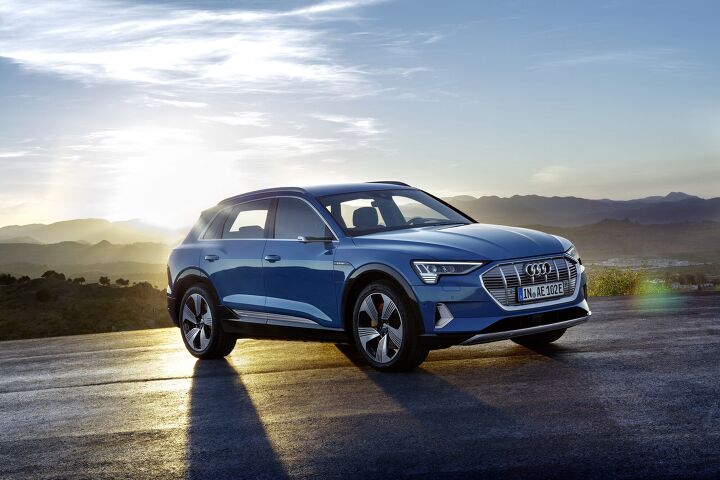
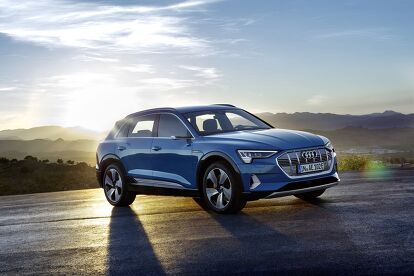





































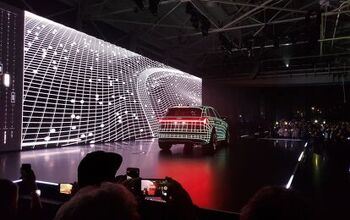



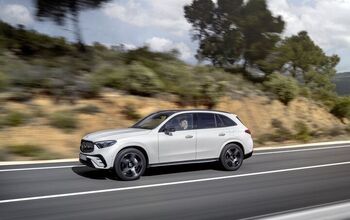




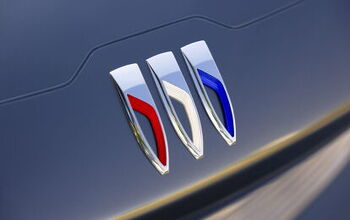





Comments
Join the conversation
I think there is a correction that the range of the e-tron is 400 km under the WLTP cycle, not NEDC.